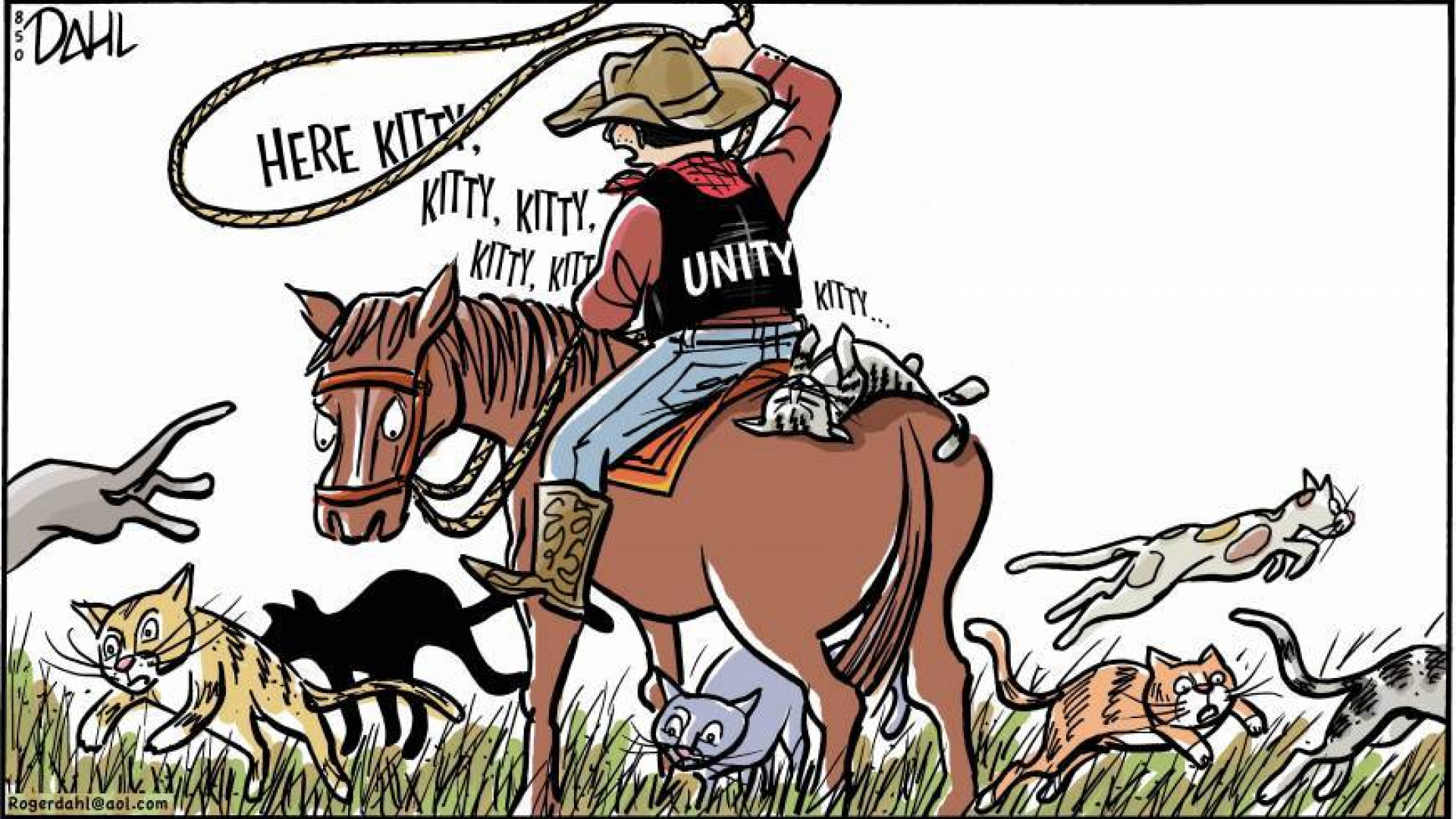I’ve just spent two full days with about 20 annual report preparers on an integrated reporting training course.
In amongst the learning and sharing experiences about preparing content for integrated reports, it became very clear that the internal process of herding the various cats within the organisation who are responsible for their own pieces of content can be a harrowing experience.
As annual report producers, we feel it hugely when clients don’t meet the contract that is the agreed timetable. Currently we have 15 annual reports progressing their way through our artwork studio, and managing the logistics of typesetting and design turnarounds and checking all the changes accurately is an enormous challenge at the best of times. But when the client is late with their content – and more than one coincides in that regard – the pressure goes on us to catch the timetable up, and that’s usually physically impossible (although we always try our damnedest!).
"It became very clear that the internal process of herding the various cats within the organisation can be a harrowing experience."
And so I couldn’t help but have empathy with the individuals on the course. Their task is a thankless one, often. And their demands on others in their organisation are often dismissed as less important than their own work and thus ignored. And because these contributors are often many levels senior to the poor content co-ordinator, the imbalance of power plays out very visibly.
Occasionally companies will even outsource this co-ordination – and often writing – to a short-term internal or external contractor. Well, if an internal employee has no clout, then you can imagine how well demands from some hired help is accepted (or not!). One attendee even told me of last year’s contractor whose contract wasn’t renewed this year because his efforts to deliver to the timeline were not taken at all well by those whose job it was to deliver content but failed to do so on time. And now the internal employee is being treated in much the same way. And this is from a major New Zealand company who should, quite frankly, know better.
These projects are a massive undertaking for any organisation. But they’re not a voluntary exercise. Companies don’t do this because they want to. They do it because they have to. And they need to do it to the best of their ability because so many critical people will form their views of the company – and make critical decisions on the company – as a result of the stories that are told, the future picture that is painted, the risks and opportunities that are highlighted, and the strategies that management are activating to achieve the company’s goals.
That’s no small thing.
So what’s required to grease the wheels for these projects?
First, leadership. The C-Suite needs to send clear messages that the process is important to the business, important to the board, and set clear expectations that those contributing must meet their deadlines. Often the target for this message is the members of the leadership team itself, so it falls to the CEO to make his requirements vividly clear.
Second, the project co-ordinator. This role needs a loud and strong champion - his/her manager and department head. That manager also needs to set clear expectations and fiercely defend and support the project co-ordinator, taking the internal battles on personally if required to reset the tone. The project co-ordinator also needs a certain personality: dogged, persistent, strong, resilient, and yet always professional and polite. They also need the appropriate level of seniority and maturity to achieve the goals.
And finally, the internal process. There are a host of elements to be brought into play here. Perhaps an initial meeting of all contributors where they are educated on the intricate and highly inter-dependent process, where domino effects can easily jeopardise the vital end delivery. Perhaps a shared online project management system where every contributor’s role is mapped, tracked and monitored, and visibility is such that peers can see who’s letting the side down, whether it’s in content delivery or meeting their deadlines through the iteration and checking part of the process.
But in the end, it’s about the corporate culture. The working together. The seeing internal clients as ‘clients’ that need to be serviced just like external clients. And culture is established by the company’s senior leader.
It starts and ends right at the top.
Image: The Japan Times / Roger Dahl
